Every year since 2012, southern California has been experiencing increasingly severe droughts. To protect the precious resource as best possible, we have to accept that we must reuse it. The obstacle for residents is, above all, in their minds. The idea of drinking water from toilets used to be unthinkable for many people, but now, this “yuck factor” is no longer a barrier.
Another summer of drought in southern California. The climate crisis is unprecedented and every year, the same bans on watering crops, washing cars, and filling swimming pools come back. The state consumes 150 billion litres of water per day and the water reserves are becoming increasingly limited. Every spring, those in charge of water management meet up at the Echo Summit, a ski resort north of San Francisco. They measure the depth of the snow to predict the water supply for the summer. In 2010, at an altitude of 2,000 metres, there were three metres of snow. In 2022, the ground was bare. Melted snow makes up 60 % of the water supply in California. This is the worst drought in 150 years.
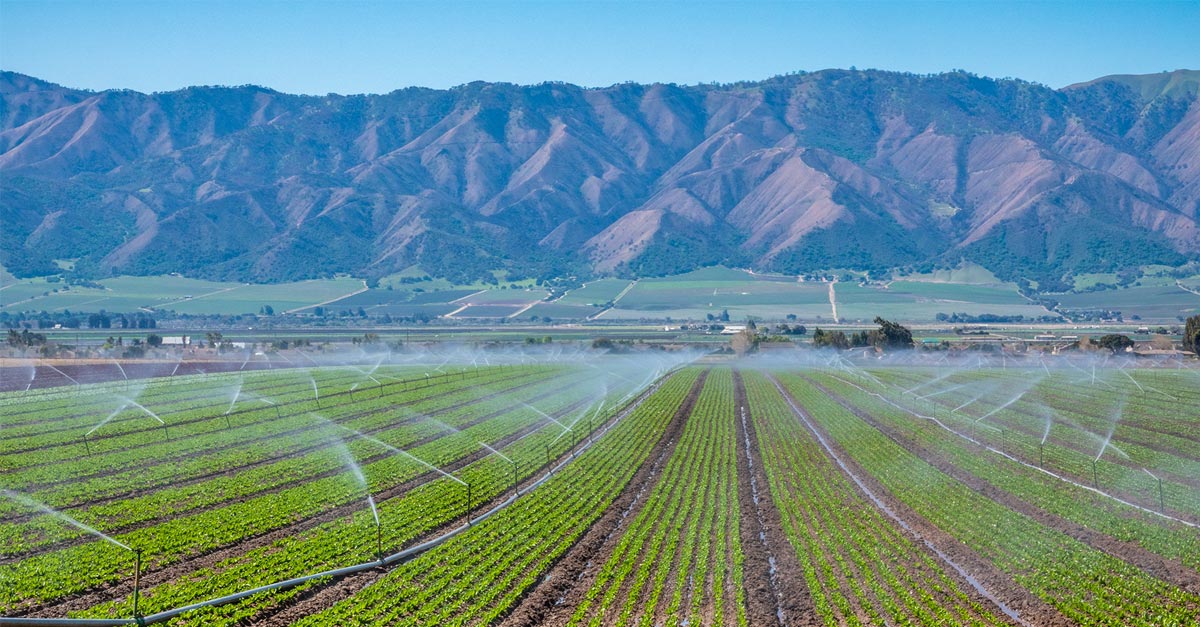
Inspection patrols are deployed across Los Angeles. Lawns can only be watered twice a week for eight minutes. If these rules aren’t followed, residents can be given a verbal warning, and if they break the rules again, their water supply may be reduced. The aim of the authorities is to restrict residents’ consumption of drinking water to 300 litres per day, if necessary, using flow limiters installed on the water meters. The lavish properties of American stars have come under fire. Kim Kardashian and Sylvester Stallone are having to resort to watching their lawns turn yellow.
Gavin Newsom, the Governor of California, has announced that the state will lose 10 % of its water resources over the next 20 years.
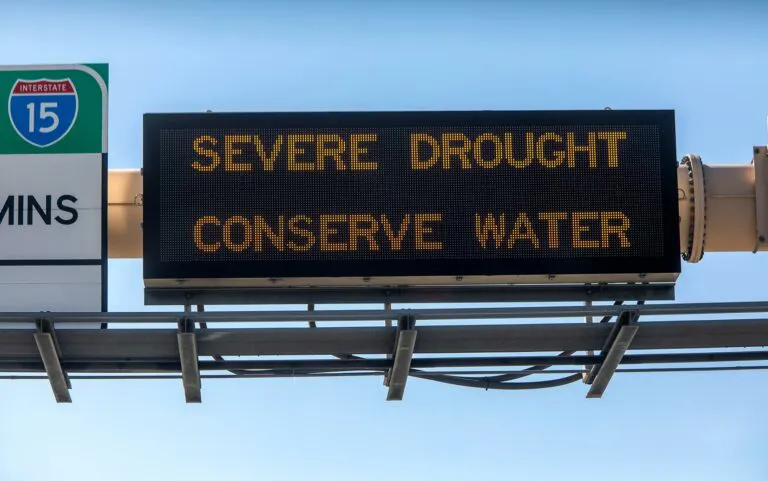
This tense situation has had positive effects on Californians’ refusal to drink recycled water, also known as the “Yuck Factor”. The West Basin Municipal Water District manages water for 17 towns in California, including Beverly Hills. In 2015, a new wastewater treatment plant was opened. It has the capacity to supply 300,000 cubic metres of five types of water per day, from industrial use to drinkable tap water.
The drinking water produced essentially undergoes three treatments. The wastewater is firstly filtered with microscopic sieves. It is then purified using reverse osmosis. This treatment is a special kind of filtration that uses the weight of the water to force it through specific filters. A specific membrane is used for each type of particle that needs to be removed. The water is also treated with ultraviolet light. This removes pathogens, viruses, and bacteria and prevents micro-organisms from spreading. The water produced by the West Basin Municipal Water District is actually so pure that mineral salts have to be added to make it fully drinkable.
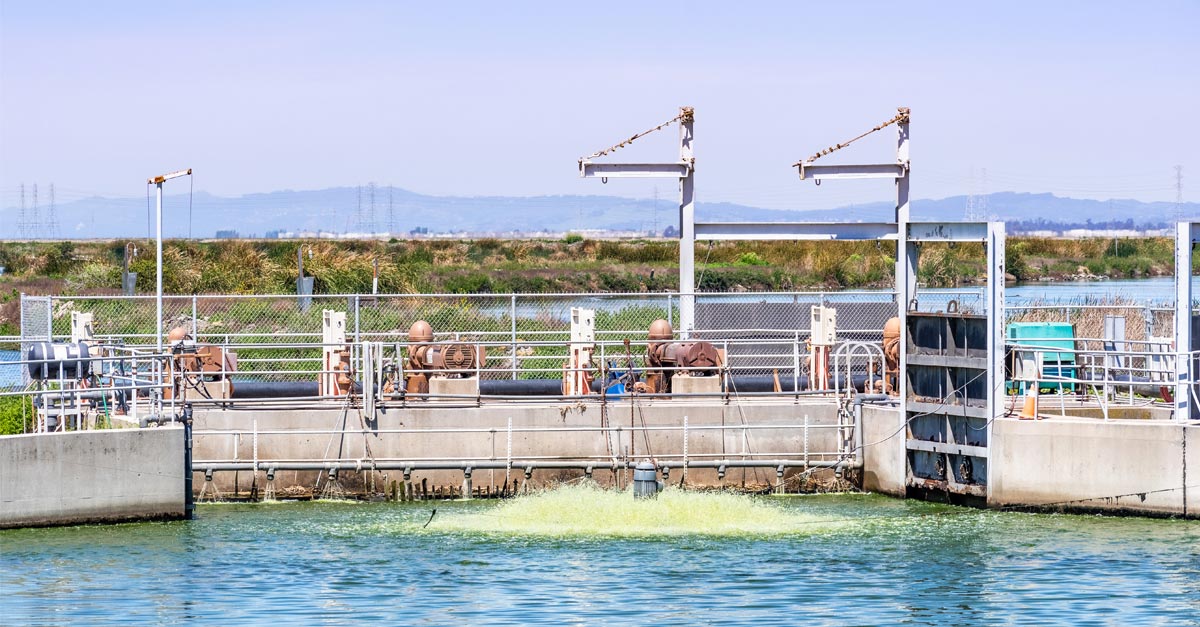
Those in charge are using the drought emergency to promote recycled drinking water. To raise awareness, visits to these infrastructures are organised every week and they are open to schools. A stainless-steel sink with a large tap sits right next to the processing line and on every visit, everyone is invited to taste the quality of the water. Of course, the staff at the plant lead by example each time. Even if mindsets are changing, most of the drinking water produced by this treatment plant is not put directly into the drinking water grid. It is sent to groundwater tables, aquifers, or even lakes. It will take six months to come out of people’s taps. However, the need for water and the recurring droughts may well accelerate this process.
Contact us for more :
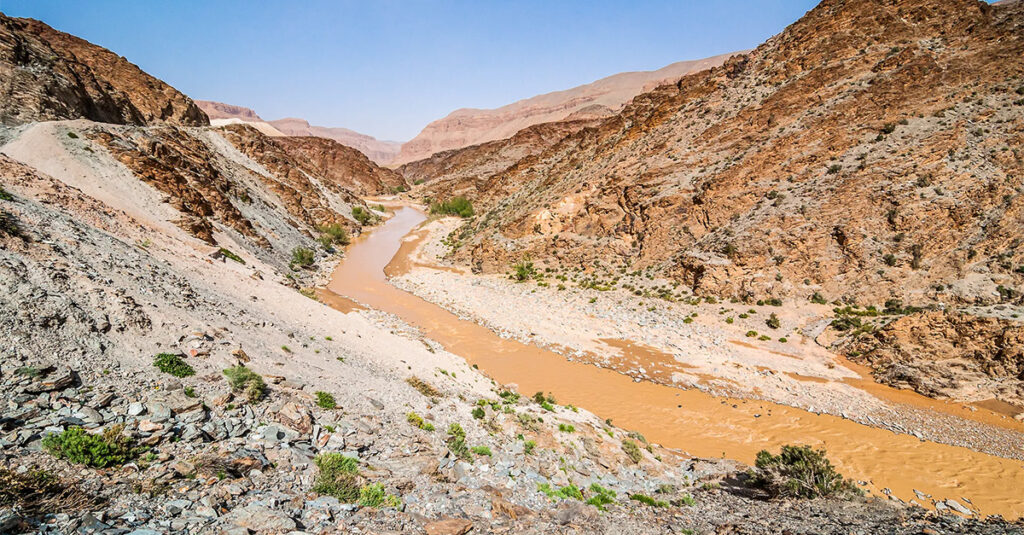
Faced with water stress and the threat of climate change, Morocco is launching an ambitious plan to make water management safer and more streamlined
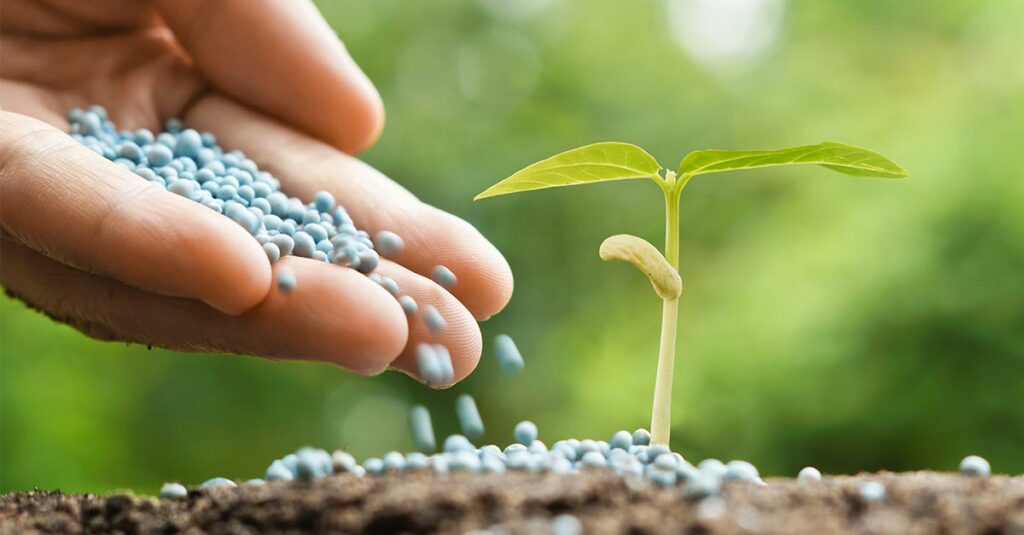
Back Wastewater treatment plants: What if we changed the name? Water treatment plants are changing in both how they look and how they function. They’re
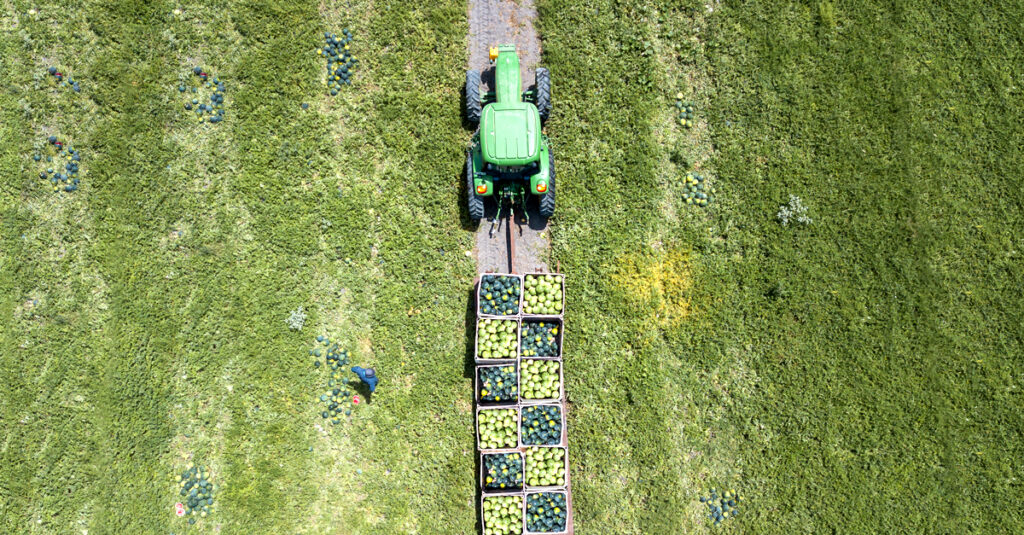
Back Israel: “Make the desert bloom!” David Ben Gourion, founder of the state of Israël If there really is a miracle in Israël, it comes
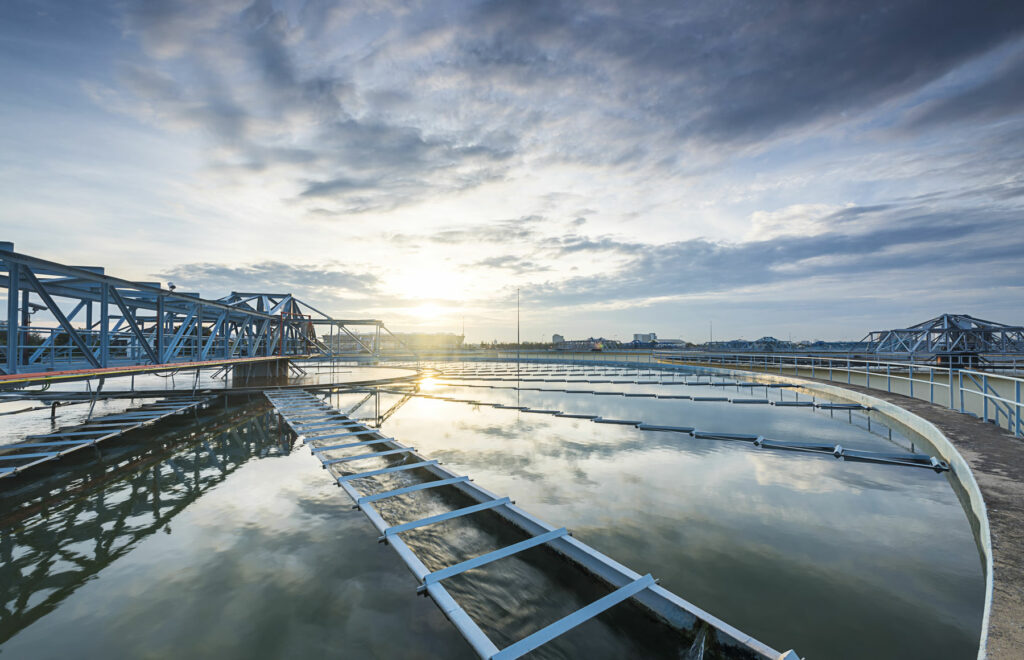
Making biogas from our used water is possible, and it works. Treatment plants transform the organic waste into biogas to heat homes and fuel vehicles. This means significant savings in fossil fuels and a responsible approach to producing renewable energy, especially in the current climate.

| Cookie | Duration | Description |
|---|---|---|
| cookielawinfo-checkbox-analytics | This cookie is set by GDPR Cookie Consent plugin. The cookie is used to store the user consent for the cookies in the category "Analytics". | |
| cookielawinfo-checkbox-functional | The cookie is set by GDPR cookie consent to record the user consent for the cookies in the category "Functional". | |
| cookielawinfo-checkbox-necessary | This cookie is set by GDPR Cookie Consent plugin. The cookies is used to store the user consent for the cookies in the category "Necessary". | |
| cookielawinfo-checkbox-others | This cookie is set by GDPR Cookie Consent plugin. The cookie is used to store the user consent for the cookies in the category "Other. | |
| cookielawinfo-checkbox-performance | This cookie is set by GDPR Cookie Consent plugin. The cookie is used to store the user consent for the cookies in the category "Performance". | |
| viewed_cookie_policy | The cookie is set by the GDPR Cookie Consent plugin and is used to store whether or not user has consented to the use of cookies. It does not store any personal data. |